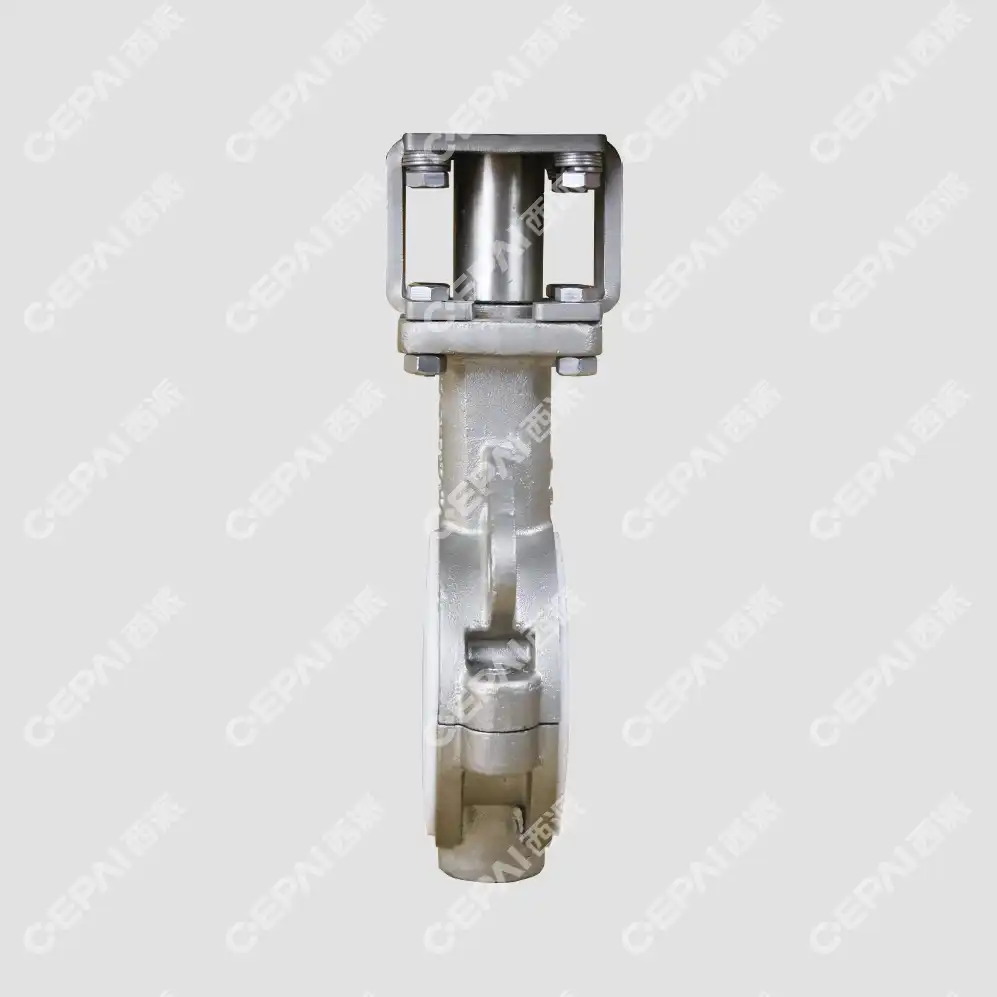Understanding Butterfly Valves for Pump Isolation
Types of Butterfly Valves
Butterfly valves come in various types, each designed for specific applications and operating conditions. The most common types include concentric, double-eccentric, and triple-eccentric butterfly valves. Concentric valves are suitable for low-pressure applications, while double-eccentric and triple-eccentric designs offer better sealing capabilities and are ideal for higher pressure systems. When selecting a butterfly valve for pump isolation, consider the specific requirements of your application, including pressure ratings, temperature ranges, and fluid characteristics.
Key Components of Butterfly Valves
Understanding the key components of butterfly valves is essential for making an informed selection. The main parts include the valve body, disc, seat, stem, and actuator. The valve body houses the internal components and connects to the piping system. The disc is the circular plate that rotates to control flow. The seat provides a seal between the disc and body. The stem connects the disc to the actuator, which controls the valve's operation. Each component plays a crucial role in the valve's performance and longevity, so consider the materials and design of these elements when choosing a pump isolation valve butterfly valve.
Benefits of Butterfly Valves in Pump Systems
Butterfly valves offer several advantages when used for pump isolation. Their compact design makes them ideal for applications with space constraints. They provide quick shutoff capabilities, allowing for efficient system control and maintenance. Butterfly valves also offer low pressure drop when fully open, minimizing energy losses in the system. Additionally, their versatility allows for use in various industries, including oil and gas, water treatment, and chemical processing. When selecting a butterfly valve for pump isolation, consider how these benefits align with your specific application requirements.
Factors to Consider When Selecting Butterfly Valves
Pressure and Temperature Ratings
One of the most critical factors in selecting a butterfly valve for pump isolation is ensuring it can withstand the system's pressure and temperature conditions. Evaluate the maximum operating pressure and temperature of your pump system, and choose a valve with appropriate ratings. Consider both steady-state and transient conditions, as well as any potential pressure surges. It's crucial to select a valve that exceeds the system's requirements to ensure safe and reliable operation. Consult with valve manufacturers or engineering specialists to determine the optimal pressure and temperature ratings for your specific application.

Material Selection and Compatibility
The materials used in butterfly valve construction must be compatible with the fluid being handled and the operating environment. Consider factors such as corrosion resistance, erosion resistance, and chemical compatibility when selecting pump isolation valve materials. Common materials for valve bodies include ductile iron, carbon steel, and stainless steel. Disc and seat materials may include stainless steel, elastomers, or specialized alloys, depending on the application. Ensure that the chosen materials can withstand the system's pressure, temperature, and chemical conditions to prevent premature failure and maintain optimal performance.
Flow Characteristics and Control
Understanding the flow characteristics of butterfly valves is essential for proper selection and system design. Consider the valve's Cv (flow coefficient) and its relationship to the required flow rates in your pump system. Evaluate the valve's ability to provide precise flow control, especially if your application requires throttling capabilities. Some butterfly valves offer specialized disc designs or trims that enhance flow control and reduce turbulence. Analyze your system's flow requirements and choose a valve that provides the necessary control and performance characteristics.
Installation and Maintenance Considerations
Proper Sizing and Installation Techniques
Correct sizing and installation of butterfly valves are crucial for optimal performance and longevity. When sizing a valve, consider factors such as flow rate, pressure drop, and velocity limits. Oversized valves may lead to poor control and increased wear, while undersized valves can cause excessive pressure drop and reduced flow capacity. During installation, ensure proper alignment with the piping system and use appropriate gaskets or sealing materials. Follow manufacturer guidelines for bolt torque and sequencing to prevent leaks and ensure proper seating. Proper sizing and installation techniques contribute significantly to the valve's effectiveness as a pump isolation device.
Maintenance and Inspection Procedures
Regular maintenance and inspection of butterfly valves are essential for ensuring long-term reliability and performance. Develop a comprehensive maintenance schedule that includes periodic inspections, lubrication of moving parts, and replacement of wear components. Check for signs of wear, corrosion, or damage to the disc, seat, and stem. Verify proper operation of the actuator and control mechanisms. Implement preventive maintenance practices to address potential issues before they lead to valve failure or system downtime. Proper maintenance procedures not only extend the life of the pump isolation valve but also enhance the overall efficiency and safety of your pump isolation system.
Troubleshooting Common Issues
Familiarize yourself with common issues that may arise with butterfly valves in pump isolation applications. These can include leaks, improper sealing, difficulty in operation, or excessive wear. Develop troubleshooting procedures to quickly identify and address these issues. Train operators and maintenance personnel on proper diagnostic techniques and corrective actions. Establish a system for documenting and analyzing valve performance data to identify trends and potential problems before they escalate. By proactively addressing common issues, you can minimize downtime and ensure the continued effectiveness of your pump isolation valves.
Conclusion
Selecting the right pump isolation valve butterfly valve for pump isolation is a critical decision that impacts system performance, safety, and efficiency. By considering factors such as valve types, pressure and temperature ratings, material compatibility, and flow characteristics, you can make informed choices that optimize your pump isolation system. Remember to prioritize proper installation, maintenance, and troubleshooting practices to ensure long-term reliability. With careful selection and ongoing care, butterfly valves can provide effective pump isolation solutions across a wide range of industries and applications.
Contact Us
For expert guidance on selecting the ideal butterfly valves for your pump isolation needs, trust CEPAI Group. Our advanced valve solutions offer superior performance, durability, and reliability. Contact us today at cepai@cepai.com to learn how our innovative products can enhance your system's efficiency and safety.


_1746598538016.webp)



